China’s building heritage stretches well beyond its legendary wall, from millennia of innovation and craftsmanship. From imperial dynastic palaces to state-of-the-art skyscrapers that shape modern cityscapes, the nation has a remarkable diversity of building styles and engineering achievements.
They speak of emperors and ordinary folk, as well as of how time-honored methods progressively developed alongside groundbreaking new ones. These are 17 architectural wonders that unveil China’s rich building heritage, ranging from ancient temples to modern masterpieces that are still remolding city landscapes.
Potala Palace
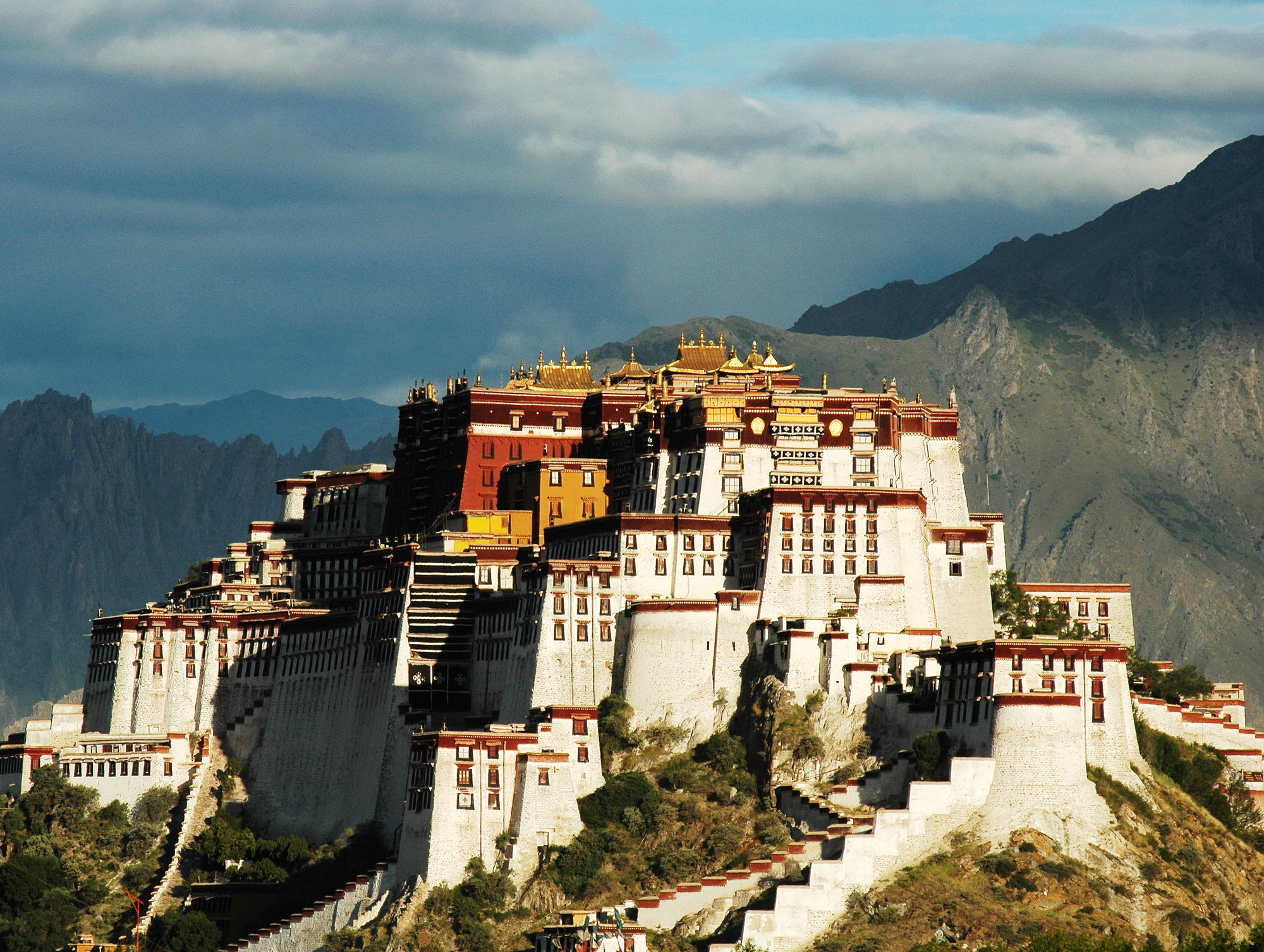
Dramatically perched on the Tibetan hillside at about 12,000 feet elevation, this palace-monastery appears to arise organically from the mountain itself. Its 13 stories comprise more than 1,000 rooms, though the entire complex was constructed without the use of modern machinery or concrete.
The red and white striped walls of the building make a dramatic silhouette against the austere Himalayan landscape, visible for miles across the Lhasa valley.
Terracotta Army site
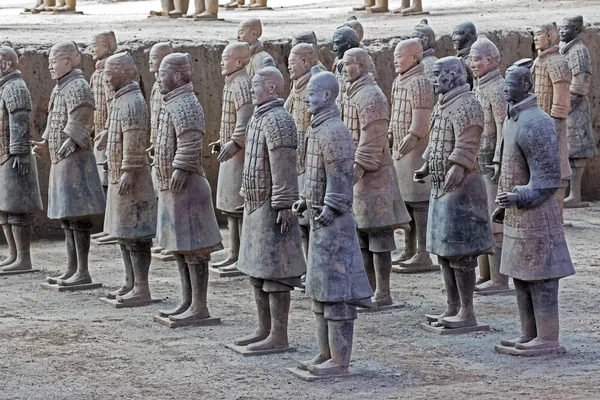
The underground tombs that contain Xi’an’s renowned clay warriors are an outstanding archaeological preservation success that preserved thousands of figures for more than 2,000 years. The extensive excavated pits display the advanced planning involved in Emperor Qin’s burial site, each chamber precisely located and built.
The site illustrates how ancient Chinese architects could build monumental underground structures that would last for millennia.
Like Travel Pug’s content? Follow us on MSN.
Mogao Caves
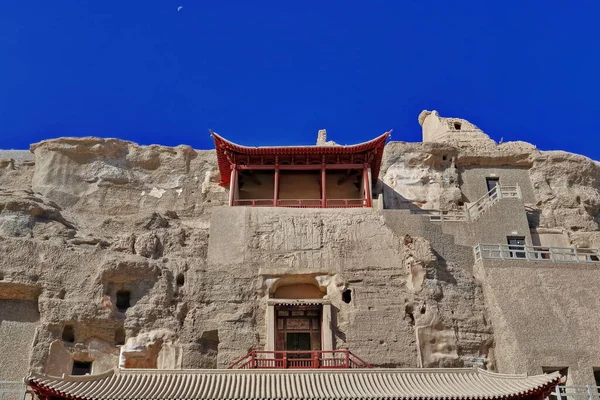
Carved into cliffsides along the ancient Silk Road, these 735 caves create a vertical city of Buddhist art and worship spaces. The caves were excavated over 1,000 years between the 4th and 14th centuries, with each generation adding new chambers and connecting passages through the sandstone.
Their painted walls contain some of the world’s finest religious artwork, preserved by the desert’s dry climate and protected location.
Longmen Grottoes
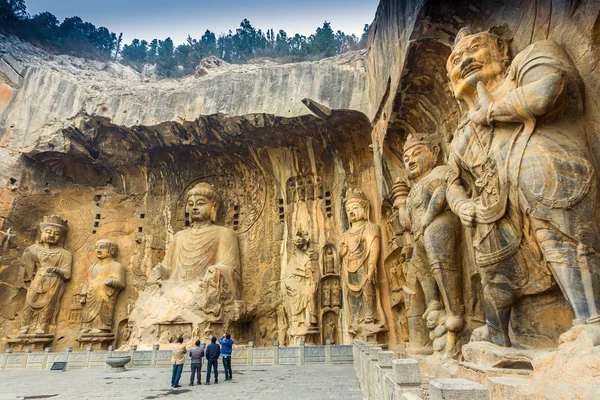
These limestone cliffs near Luoyang showcase over 2,300 caves and niches containing nearly 100,000 Buddhist statues and 2,800 inscriptions. The carvings stretch along a one-kilometer cliff corridor, with the largest figure towering impressively high — its serene expression carved with such precision that subtle changes in lighting transform its apparent mood throughout the day.
The site demonstrates how medieval Chinese artisans could transform natural rock faces into elaborate sacred spaces.
Classical Gardens of Suzhou
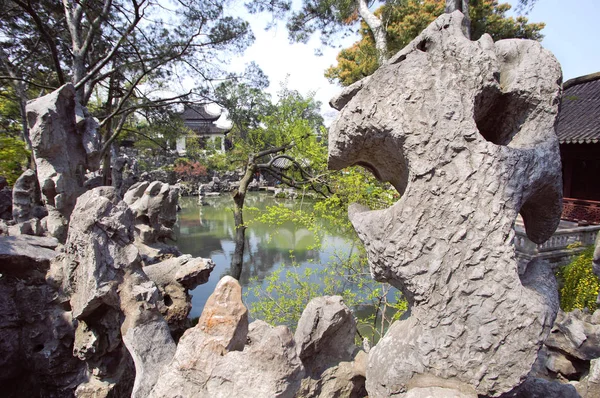
These private gardens compress entire landscapes into intimate courtyards, using mirrors, rocks, and water to create illusions of infinite space. Each garden follows different design principles — some emphasize winding paths that reveal new vistas around every corner, while others focus on perfect views framed by circular doorways.
The gardens prove that architectural genius sometimes lies in knowing exactly what to leave out rather than what to include.
Like Travel Pug’s content? Follow us on MSN.
Fujian Tulou roundhouses
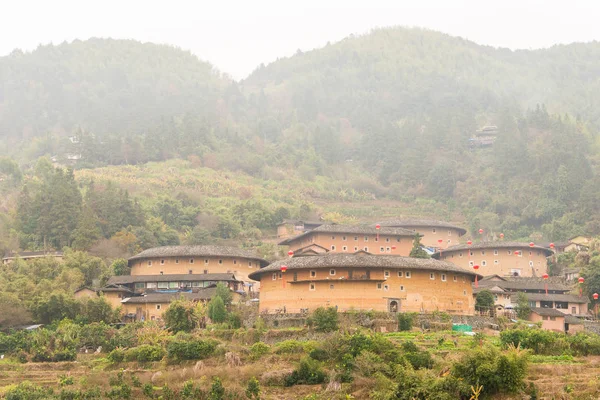
These massive circular earthen buildings in southern China house entire clans within fortress-like walls up to six-feet thick. Each tulou can accommodate hundreds of people across three or four stories — functioning like vertical villages with shared courtyards at their centers.
The structures use local earth mixed with rice and other organic materials, creating walls so strong they’ve withstood earthquakes for hundreds of years.
Hongcun and Xidi villages
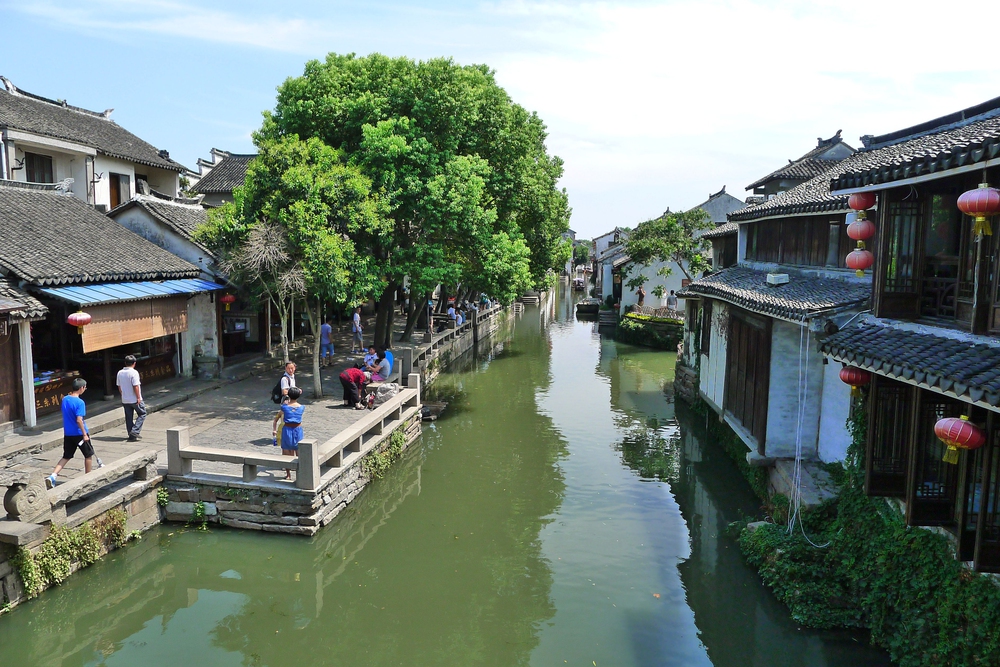
These preserved Anhui villages demonstrate traditional Chinese planning principles through their water management systems and courtyard houses. Ancient channels still carry mountain streams through village centers — providing fresh water while creating peaceful sounds that mask everyday noise.
The distinctive white walls and dark tile roofs reflect regional building styles that influenced residential architecture across southern China.
Leshan Giant Buddha
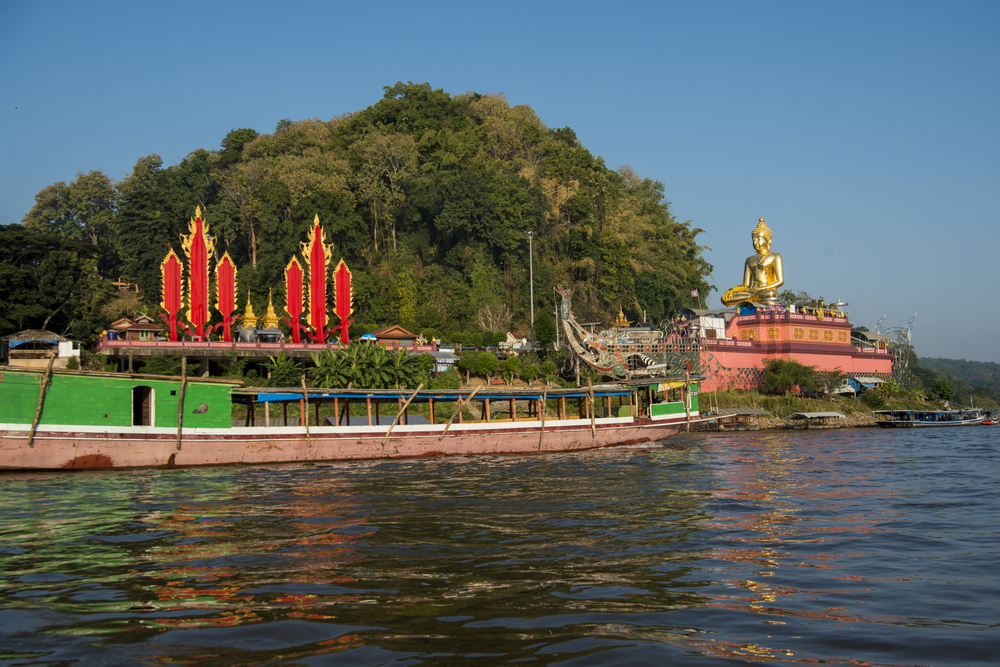
This 233-foot carved Buddha represents the world’s largest stone statue, yet its true engineering achievement lies in the sophisticated drainage system that protects it from erosion. Hidden channels carved behind the figure’s head, chest, ears, and back carry rainwater away from vulnerable stone surfaces through an intricate network of drainage and ventilation passages.
The statue sits at the confluence of three rivers, positioned so that passing boats must bow before this monumental figure.
Like Travel Pug’s content? Follow us on MSN.
Dazu Rock Carvings
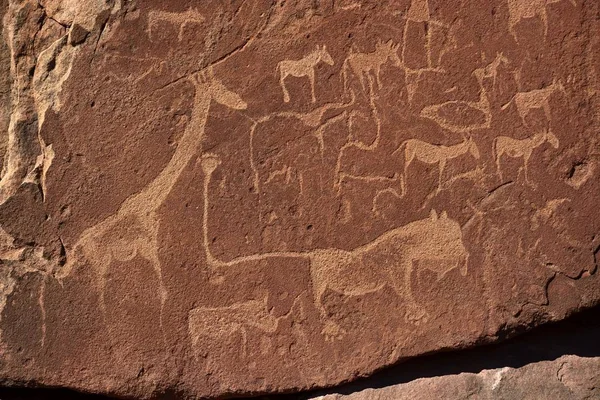
These hillside sculptures near Chongqing combine religious devotion with sophisticated artistic planning across multiple cliff faces. The carvings span several centuries and include both Buddhist and Confucian themes, often depicting everyday life alongside spiritual scenes.
Their creators used natural rock formations as part of the compositions, incorporating existing cave shapes and stone textures into the finished artwork.
Hanging Temple
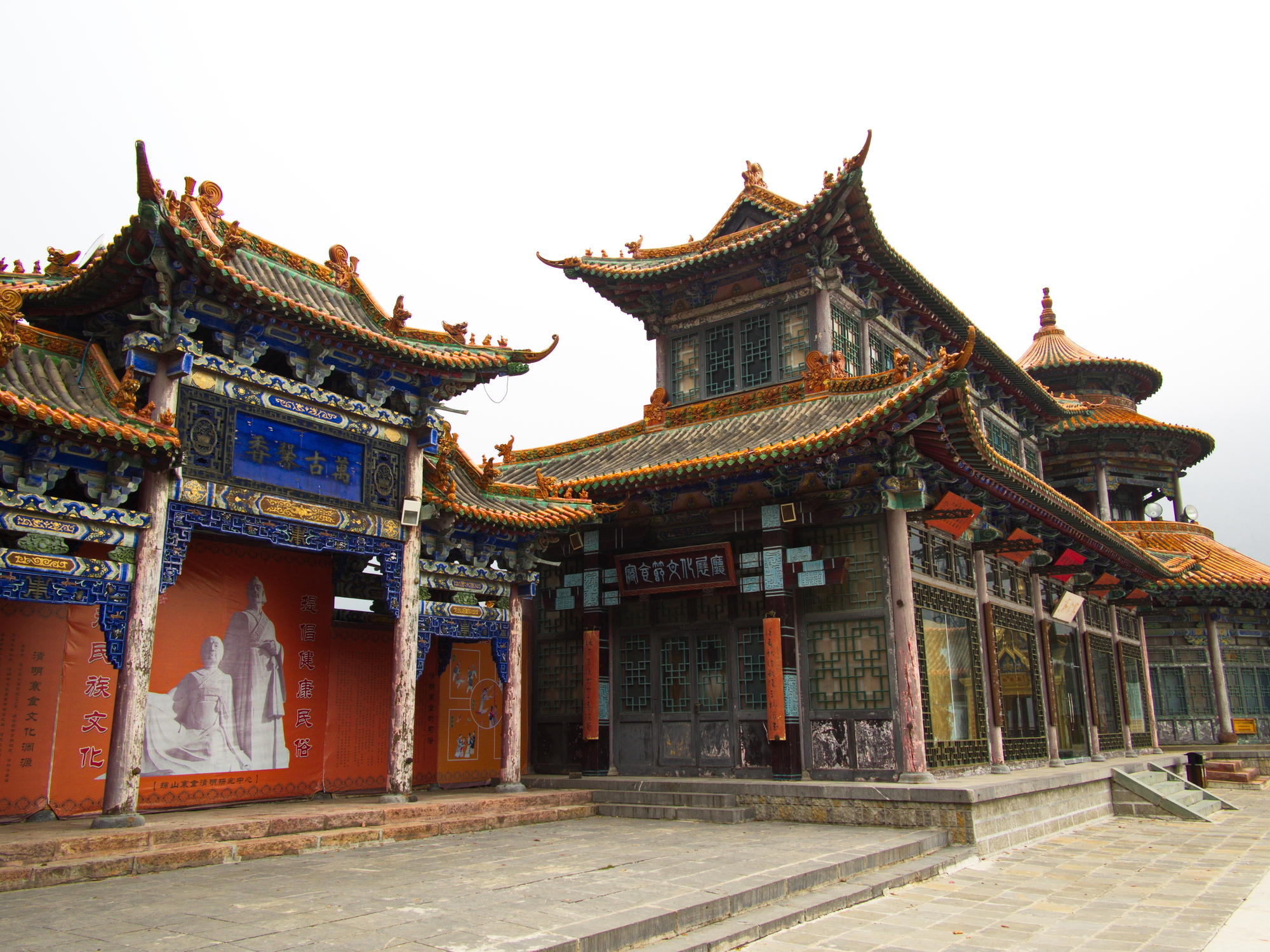
Suspended dramatically from a cliff face near Mount Hengshan, this 6th-century temple appears to defy gravity through its innovative oak crossbeam system. The structure rests on bedrock foundations hidden within the cliff, while visible wooden supports serve mainly as psychological reassurance for nervous visitors.
Its protected location shields the building from rain, snow, and flooding while providing spectacular views across the valley below.
Wooden Pagoda of Yingxian
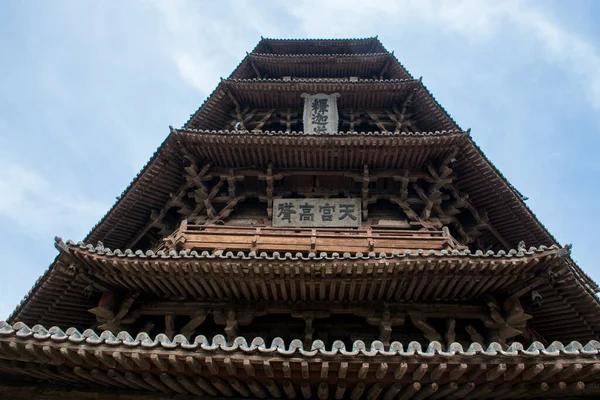
Standing 220 feet tall, this Song dynasty tower, built in 1056, holds the record as China’s oldest surviving fully wooden pagoda. The structure uses no nails or iron whatsoever — only sophisticated joinery techniques that allow the entire building to flex during earthquakes and windstorms without collapse.
Despite its age of nearly 1,000 years, the pagoda still functions as originally designed, with each floor accessible via internal staircases.
Like Travel Pug’s content? Follow us on MSN.
Shanghai Tower
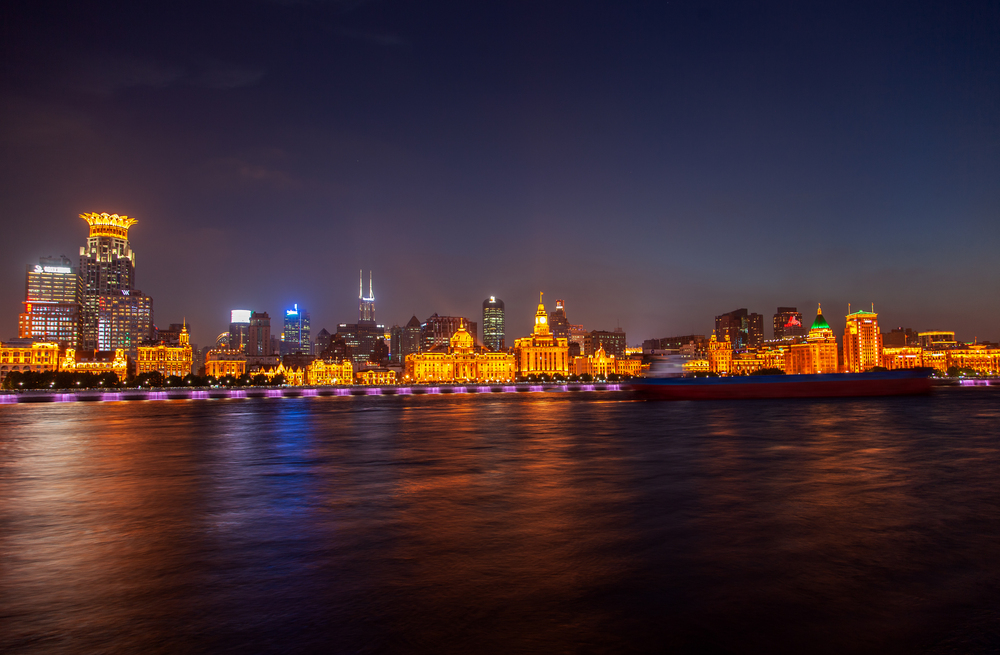
This spiraling giant rises 2,073 feet above Shanghai’s financial district through an innovative double-skin design that reduces wind loads by 24 percent. The building rotates 120 degrees as it climbs, creating a dynamic profile that changes depending on viewing angle.
Its advanced elevator system includes some of the world’s fastest passenger lifts, which can climb dozens of floors per minute while maintaining comfortable air pressure for riders.
Bird’s Nest Stadium
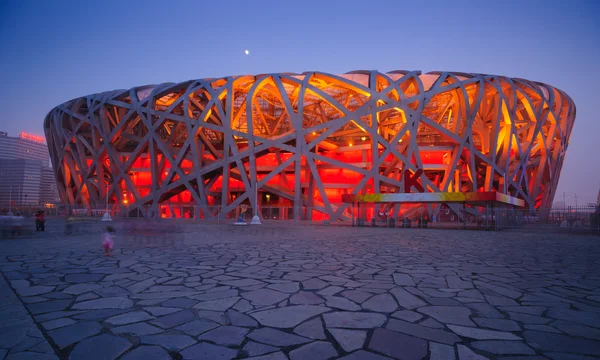
Beijing’s Olympic centerpiece weaves together kilometers of steel beams in a seemingly random pattern that follows precise structural calculations. The stadium’s distinctive appearance came from removing a planned retractable roof, yet this change improved both acoustics and natural lighting inside.
Its weathered steel exterior requires no painting or maintenance, developing a protective patina that deepens the building’s earthy color palette over time.
Canton Tower
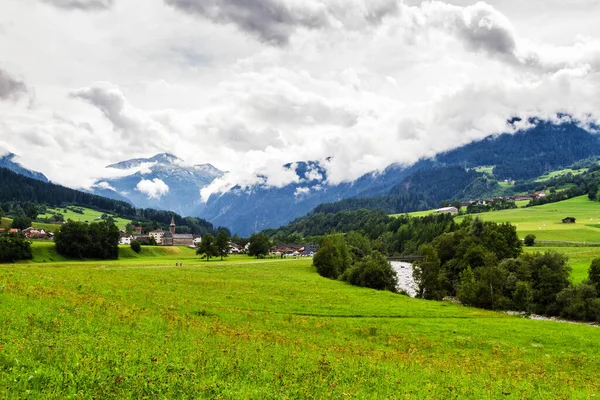
Guangzhou’s 1,969-foot communications tower twists gracefully skyward through a unique hyperboloid structure that provides both strength and visual drama. The building’s LED lighting system creates nightly displays visible from miles away across the Pearl River Delta.
Its observation decks offer panoramic views while restaurants rotate slowly to provide diners with constantly changing vistas of the sprawling metropolis below.
Like Travel Pug’s content? Follow us on MSN.
Ping An Finance Centre

Shenzhen’s supertall tower reaches 1,965 feet through a design that tapers and curves to reduce wind resistance in this typhoon-prone region. The tower’s facade incorporates traditional Chinese architectural proportions within its modern curtain wall system.
Its construction required innovative concrete pumping techniques to reach extreme heights, pushing engineering limits for super-tall building construction in challenging coastal conditions.
Harbin Opera House
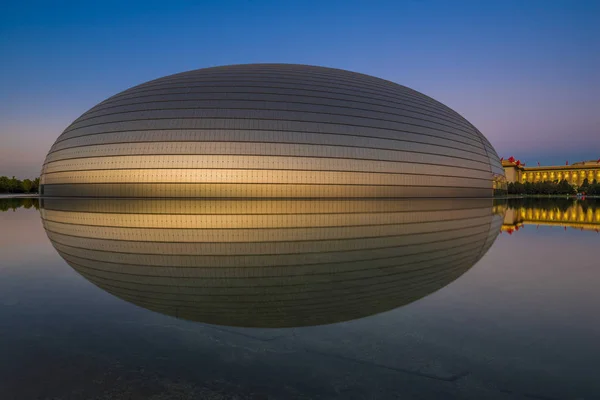
This flowing concert hall in northeastern China mimics the curves of wind-blown snow and ice, reflecting the region’s harsh winter climate through architectural form. The building’s interior acoustics were fine-tuned using computer modeling that analyzed how sound waves interact with the curved walls and ceiling.
Its crystalline appearance changes throughout the day as natural light filters through translucent panels in the exterior skin.
National Centre for Performing Arts
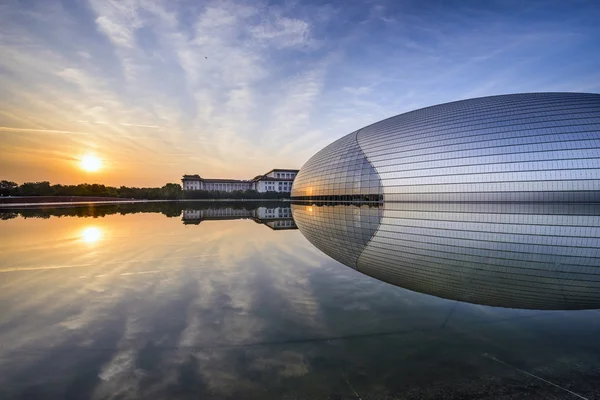
Beijing’s opera house floats like a giant metallic egg in an artificial lake, accessible only through underwater tunnels that heighten the sense of entering another world. The building’s titanium and glass dome reflects the surrounding water and sky, creating an ever-changing surface that appears to breathe with the movement of clouds overhead.
Inside, three separate performance venues share common lobbies that offer glimpses of different artistic productions happening simultaneously.
Like Travel Pug’s content? Follow us on MSN.
Timeless innovations meet tomorrow’s horizons

These buildings show the lasting impact of Chinese builders on working beyond the norms while respecting cultural heritage that goes back millennia. From computer-designed supertall skyscrapers to hand-cut mountain temples, every building reflects what its time could achieve technically and aesthetically.
The thread running through ancient and modern methods shows recurring motifs — harmony with the environment, innovative structural invention, and concern for the human condition within the built environment. Architects today continue to find inspiration in methods created by the medieval artisans, while tomorrow’s constructionists will probably discover new teachings embedded in these time-proven masterpieces.
The architectural history of China keeps unfolding, but such monuments remind us that deeply great buildings leave behind their functional origins to become symbols of human ingenuity and perseverance.
More from Travel Pug

- 20 Best Beach Towns in the Carolinas
- 13 Destinations Where Tourists Regularly Regret Their Trip
- 20 Things You Actually Get in First Class
- 20 Small Airports With Aviation Museums
- 20 Places in the U.S. That Are Perfect for a Reset Trip
Like Travel Pug’s content? Follow us on MSN.
